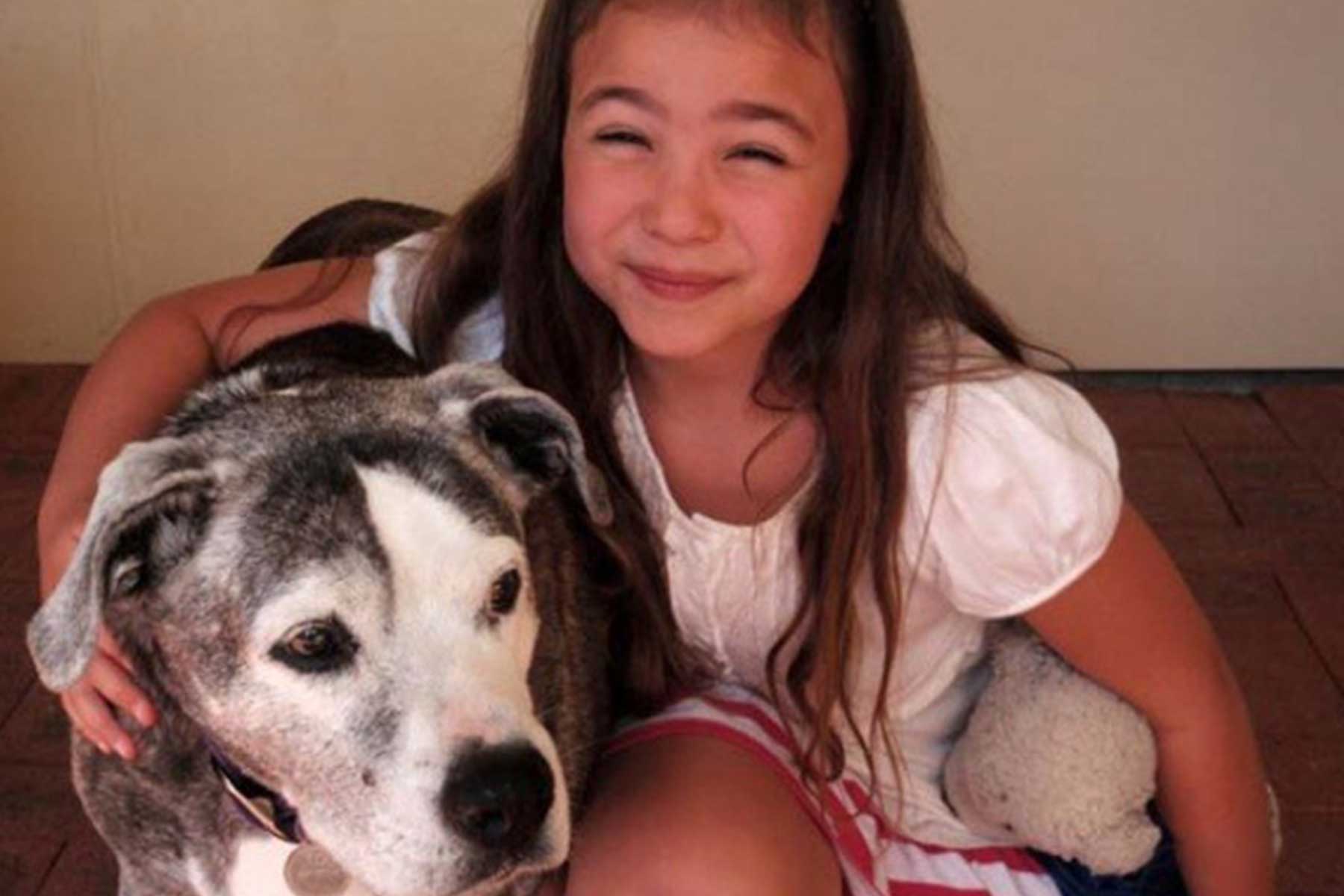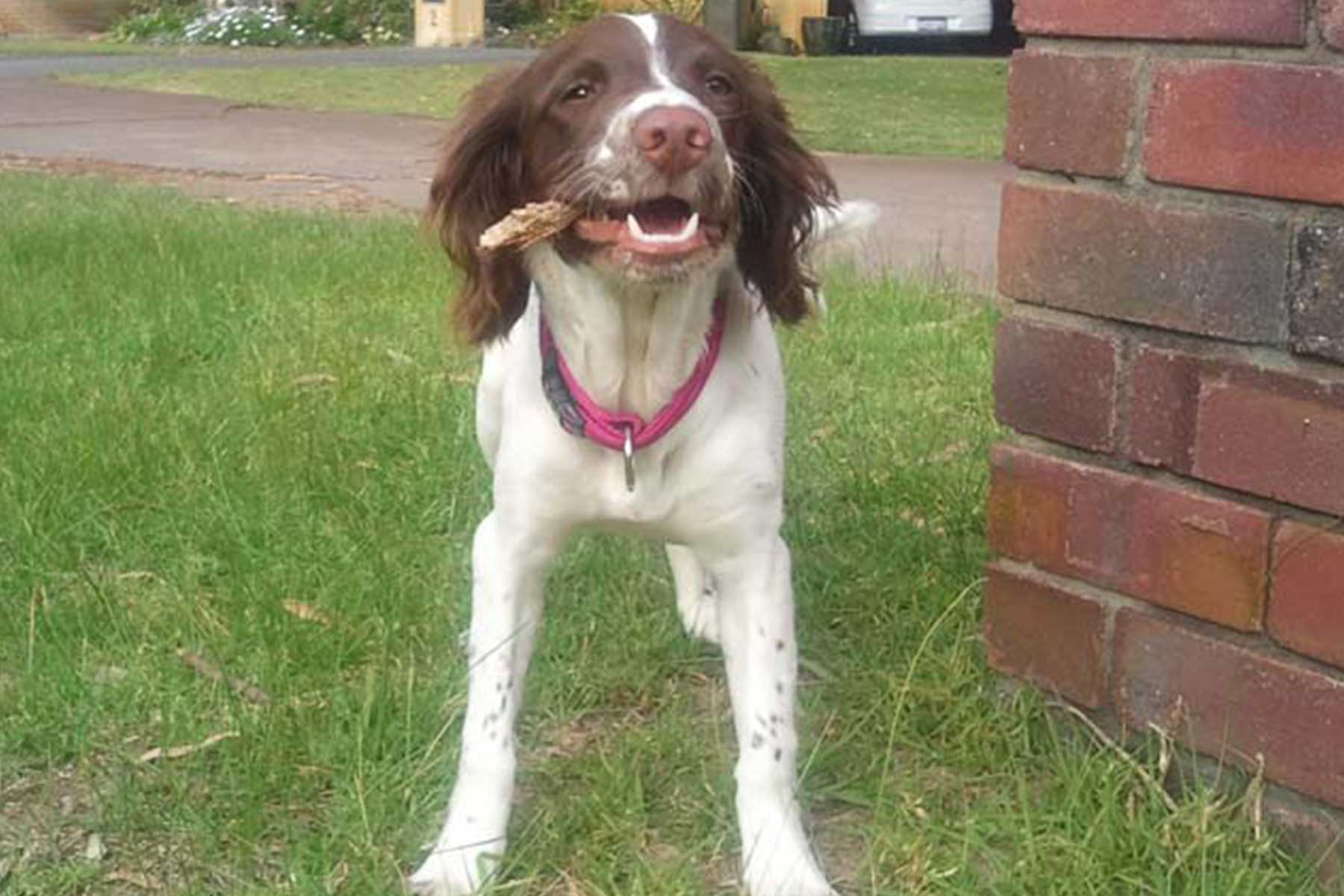In 2020, a potentially fatal tick-borne disease spread by brown dog ticks, Canine Ehrlichiosis (Ehrlichia canis), became present in Australia for the first time. The disease is present in many tropical and subtropical countries around the world, and more closely throughout our neighbouring Asian countries.
Initially, the tick-borne disease was only detected in the Northern Territory and northern Western Australia, however, the disease has recently been detected in other states, as widespread as New South Wales and South Australia and has moved to southern parts of Western Australia.
What is Canine Ehrlichiosis?
Canine Ehrlichiosis (air-lick-ee-oh-sis) is a tick-borne bacterial disease, affecting dogs. It is also known as canine typhus, tracker dog disease, canine rickettsiosis, and tropical canine pancytopenia.
Canine Ehrlichiosis is transmitted primarily by infected specimens of the brown dog tick (Rhipicephalus sanguineus) and can cause serious acute or chronic illness and death in dogs. Variations of the bacteria can affect other animals (such as foxes, cats, rodents and livestock).
An infected animal will not pass on the disease to a human, however, a human can contract the disease should they be bitten by an infected tick. In very rare cases, the disease can be transmitted via a transfusion of infected blood. Transmission of the disease is more common in the warmer months of the year when the brown dog tick is more active. The disease has an incubation period of eight to 20 days, meaning it may not be evident immediately after finding and removing the tick.
Symptoms of Ehrlichiosis
The symptoms of Canine Ehrlichiosis are considerably varied and will depend on the infected individual, as well as the phase, for example, chronic Canine Ehrlichiosis may not manifest for months or even years after the initial infection occurs. Commonly noted symptoms include:
- fever
- lethargy
- enlarged lymph nodes
- loss of appetite
- discharge from the eyes and nose
- weight loss
- anaemia and bleeding disorders such as nosebleeds or bleeding under the skin that looks like small spots, patches or bruising.
In the rare case, the disease is transmitted to a human, symptoms include headache, fever, gastrointestinal upset and eye pain.
Prevention and treatment for Ehrlichiosis
Tick prevention and control is the key to controlling the spread of Canine Ehrlichiosis. Using advanced tick prevention such as monthly chews, tick collars and spot-on topical medications is best for primary protection but consult your vet for the right treatment for your dog. It is also important to avoid known tick-infested areas and full-body checks should be performed daily for dogs living in or visiting at-risk areas. Find out about protection from ticks on the Total Wellness Plan.
Dogs who have been bitten or are suspected of having contracted Canine Ehrlichiosis should be taken to the vet as soon as possible. Ehrlichiosis is treated with antibiotics, supportive care and may require hospitalisation depending on the severity of the infection. Early treatment by a vet provides the best chance of recovery.
Canine Ehrlichiosis is a nationally notifiable disease in Australia. If you suspect Canine Ehrlichiosis, see your vet as soon as possible and ask them to call the Emergency Animal Disease hotline on 1800 675 888.











